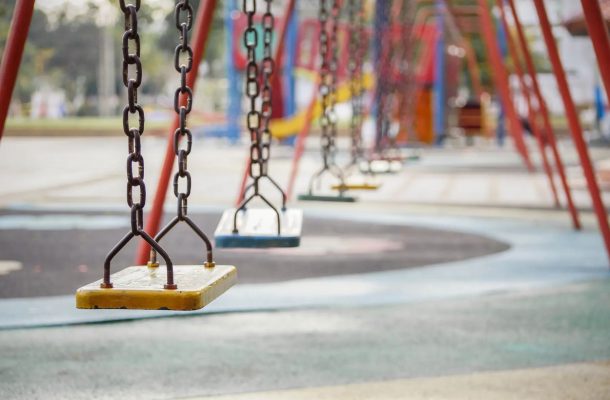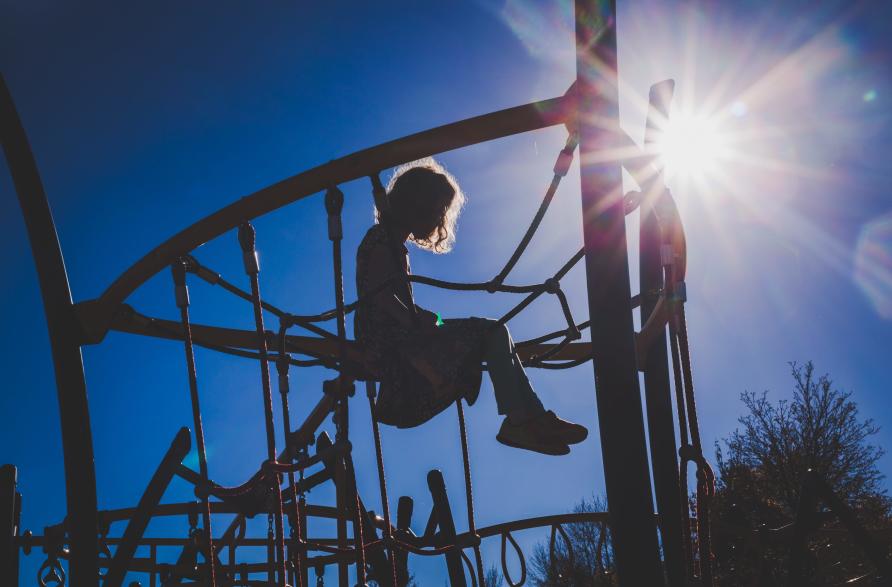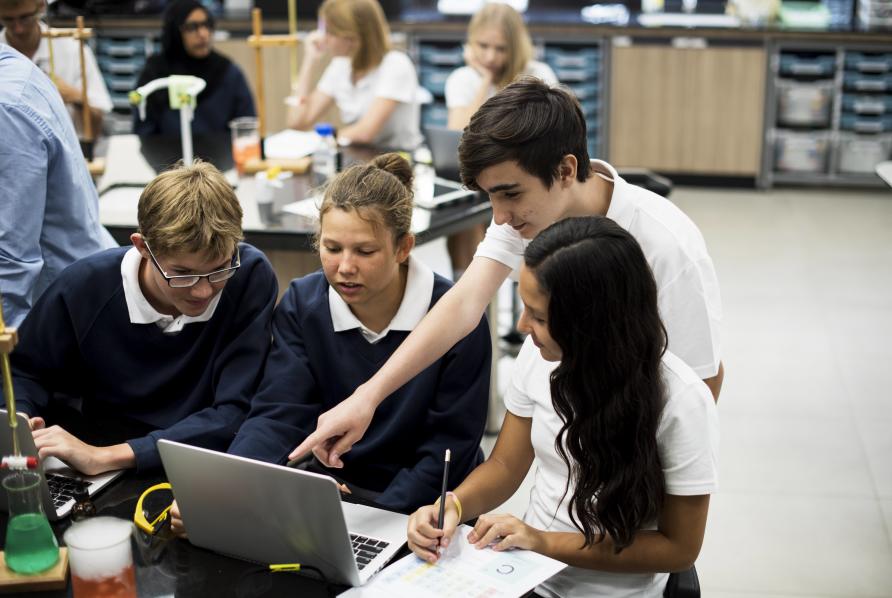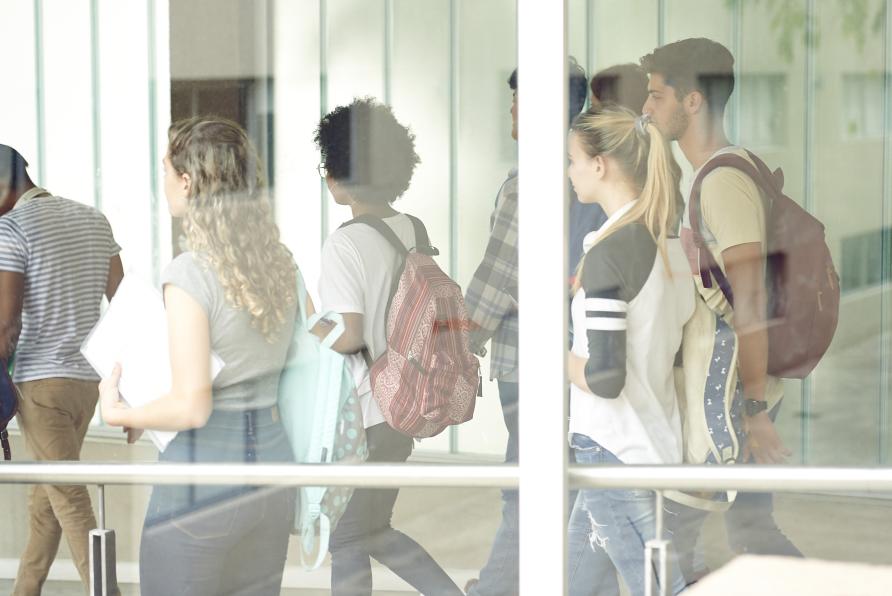Is your child lonely at school?

But emerging research suggests that we are now facing a global loneliness epidemic among our young people. In fact, young people are now reporting feelings of loneliness more frequently than those of their parents or grandparents.

The impact of loneliness
It may be surprising to learn that young people are reporting higher levels of loneliness, especially given that most children spend the majority of time in school surrounded by their friends and peers.
This is especially significant for young people as feelings of loneliness and isolation are known to negatively impact students’ attendance, school performance and overall school experience.
If students are staying home from school because of a lack of positive social relationships, their opportunities for engagement and academic attainment are limited, which has knock-on consequences for career prospects and broader life outcomes.
The problem of loneliness
The consequences of long-term loneliness are now widely recognised.
Feeling lonely for long periods can cause serious problems, and there are now links between young people’s experience of loneliness, poor mental and physical health as well as lower academic attainment.

So, it comes as no surprise that loneliness is now considered a serious public health problem, and to combat this issue with our young people, researchers are now exploring interventions to try and address loneliness in schools.
A 2017 report looking at the impact of loneliness in children, young people and families found:
- One in 10 pre-school children say they are lonely and unhappy with their social relationships
- One in five children aged seven to twelve say they are lonely sometimes or often
- Four out of five adolescents report feelings of loneliness at some time, and almost a third describe these feelings as persistent and painful
Building up a sense of connectedness with school is an important way we can alleviate the burden of loneliness among students, foster positive experiences with school and increase school attendance.
What is school connectedness?
Our team pulled together some of the research on connectedness and proposed a sequential, four factor model of school connectedness that draws together social, emotional, behavioural and cognitive terms that are central to learning.
These are:
- Attending
- Belonging
- Engaging
- Flow

Two of these factors – attending and belonging – focus on building relationships, and the other two – engaging and flow – are based on school performance.
Practically, the model provides a template for establishing the student’s current experience of school in order to facilitate interventions to optimise students’ connectedness with school.
Building connections
For some students, connecting to school is best described as physically attending that school.
Once a child attends physically and psychologically, they bring with them the possibility of learning, which includes learning with and about themselves and others.
Socialising opens up the prospect of experiencing belonging as a student. Once attending regularly, students can build identification with both other students and the school, and start negotiating their space within the group and how they may belong there.
Once the need to be social and belong is satisfied, and relations are affirming, the student can relax in the environment – becoming free to learn and engage.
Connecting with peers, teachers and the school community by engaging in planned activities brings a wider possibility of sense of reward, especially if accompanied by achievements.

Many students spend a large portion of their school life negotiating belonging, and this stage of connectedness may be dominant for them throughout their school life.
As we become competent learners and more engaged, we focus on our future, plan more independently, develop positive social relationships and begin to esteem role models who we identify with and help us to transit through adolescence.
Occasionally, when more engaged, affirmed within the community and fully present, the student may experience some sense of transformation. These peak experiences may be very infrequent but they might be highly impacting and possibly life changing. They are flow experiences.
While a flow experience is likely to be infrequent compared with engagement, belonging and attending, it’s possible that each time a student strives or achieves extraordinarily well, achieving a personal best or expanding the upper level of their development, they may experience flow.
Redressing imbalance
But at the moment, there’s an imbalance in the curriculum and the absence of interventions aimed to specifically increase students’ perception of connection and belonging both in Australia and internationally.
Current research at the Melbourne Graduate School of Education is looking to better understand connectedness in primary and secondary schools and investigate the link between this important connectedness and loneliness among primary and secondary students.

Nowadays, there’s increasing evidence that the factors of connectedness directly link to students’ feelings of loneliness.
The aim of this research is to assist the Melbourne Graduate School of Education and the education departments they advise, to provide insights into possible interventions that aim to improve connectedness, loneliness and school attendance among primary and secondary school students.
Building a sense of connectedness and remedying feelings of loneliness for young people in schools could have a broader impact beyond simple academic achievement; providing them with a lifelong skillset for social engagement and relationship building.
This article was written by Associate Professor Terry Bowles and Daniela Russo of the University of Melbourne and Associate Professor Janet Scull of Monash University. It was published by Pursuit.
Terry Bowles is an Associate Professor at the University of Melbourne’s Graduate School of Education. His research interests include motivation, relationships, communication and achievement, including change management, adaptive functioning, equity and affect responses, and talent development.














